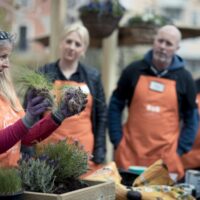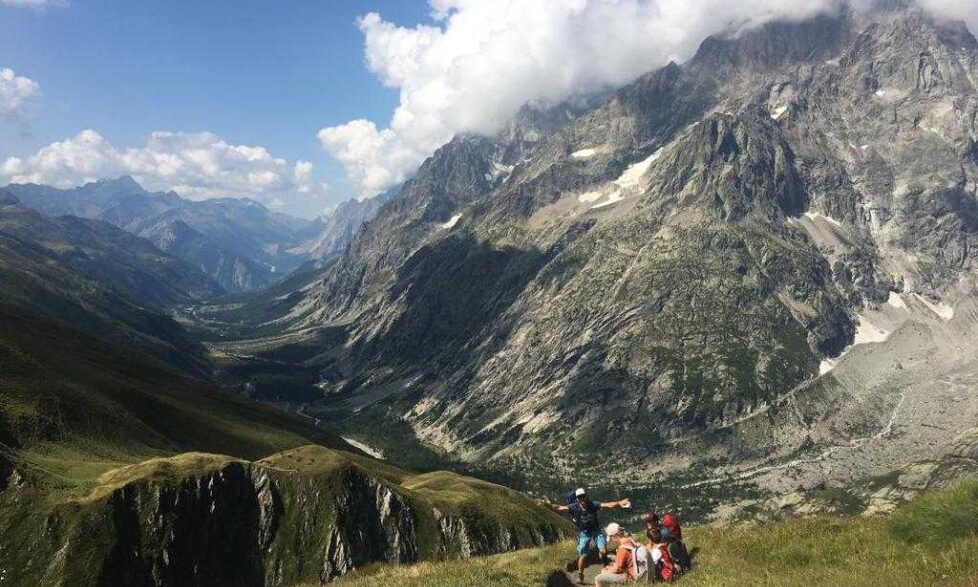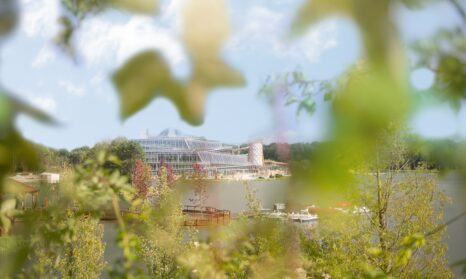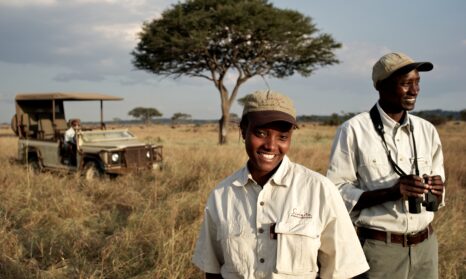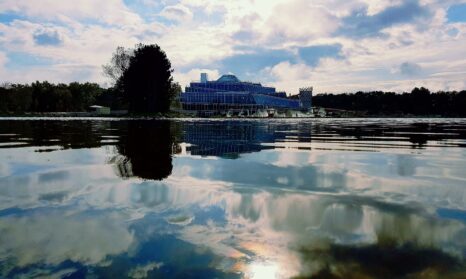Tourism must spread the word about sustainability
Have you seen that Iceland has erected a plaque to commemorate a lost glacier? Titled ‘A letter to the future’ it reads:
“In the next 200 years, all our glaciers are expected to follow the same path. This monument is to acknowledge that we know what is happening and what needs to be done. Only you know if we did it.”
A week after learning about this, I was fortunate enough to spend 5 days hiking around Mont Blanc with my kids. The path is so well trodden these days that no guidebook is needed, but I had been lent one by a friend published in 1977 (the year of my birth). The book gave insight into what it would have been like to hike in the area when some of the paths were much wilder - but the most striking thing was the photos of the glaciers, revealing how much they had shrunk in my lifetime.
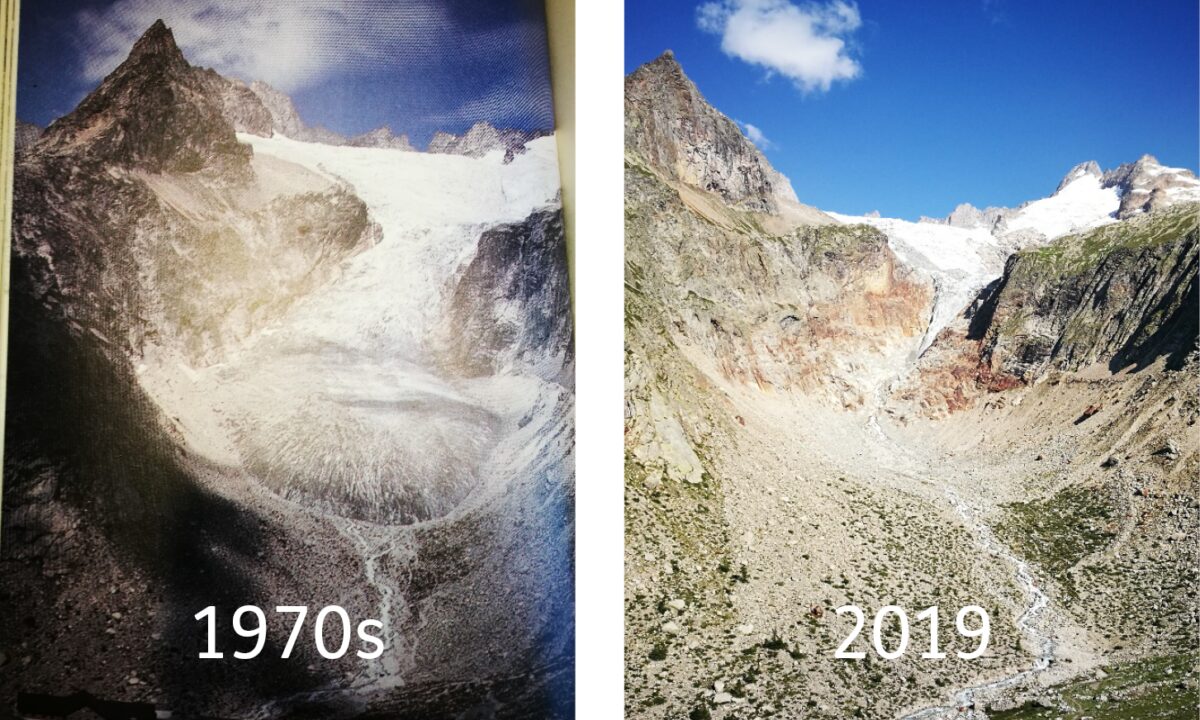
I waved my book in front of a few (unfortunate) random hikers who were all shocked by the photos - but this was the only place they would learn about how the mountains were changing. Not one of the refuges we stayed in had any photos or information on the changes taking place in the mountains, even those that were situated directly opposite the disappearing glaciers.
In fact, apart from maps, the refuges had remarkably little information on the mountains, no books or posters on the birds, flowers or the wider environment.
The perfect audience
This is a missed opportunity. The science is clear about the changes that are required to ensure that some of the Alps’ glaciers will be around for future generations to wonder at. We need to be mobilising all possible means to make sure that everyone understands this.
The hikers walking the Mont Blanc trail are likely to be people who like nature and the environment, and have plenty of time on their hands and feet to think and reflect. They are the perfect target audience. Yet apart from the strange Englishman waving an old book about, no-one was making them aware of the profound changes that are simply a precursor of changes that will take place across the rest of the world in the coming years.
The campsites and refuges in the Alps are mostly privately run, so a coordinated communications campaign would be challenging. But the governments of the countries concerned could easily provide them with material that highlights the reality of climate change – and shows people what they can do to prevent further damage.
It’s in everyone’s interests – governments know they need to halt runaway climate change and tourist destinations have clear business reasons to protect their environment. The Alps without glaciers would hardly be such a draw.
Sustainable tourism is futureproof tourism
And this isn’t limited to the Alps. Tourist destinations around the world are endangered by climate change – from the Great Barrier Reef to Venice. And we are running out of time to prevent further damage.
These places have a responsibility to let visitors know the reality of what’s happening, and what they can do to make changes. It’s not about scaremongering, it’s about bringing people closer to the amazing world around us and helping them understand how we can protect it - not only for future generations but, increasingly, ourselves.
We’ve worked with two tourism organisations over the last decade that are doing just this using our One Planet Living sustainability framework to add value to their work.
Les Villages Nature Paris is helping its guests develop a closer connection with nature and learn about the environment and sustainability. Singita is conserving a million acres of wilderness across Africa while minimising its own environmental impact and encouraging guests to participate in its conservation initiatives.
More recently we’ve also been supporting restaurants and hotels in Florida that are committed to sustainability to engage their customers and work with them to increase the impact of their efforts.
These companies have the foresight to understand what responsible tourism looks like, and to say: “we know what is happening, and what needs to be done. Let’s do it.”
Learn more about our sustainability framework One Planet Living.

